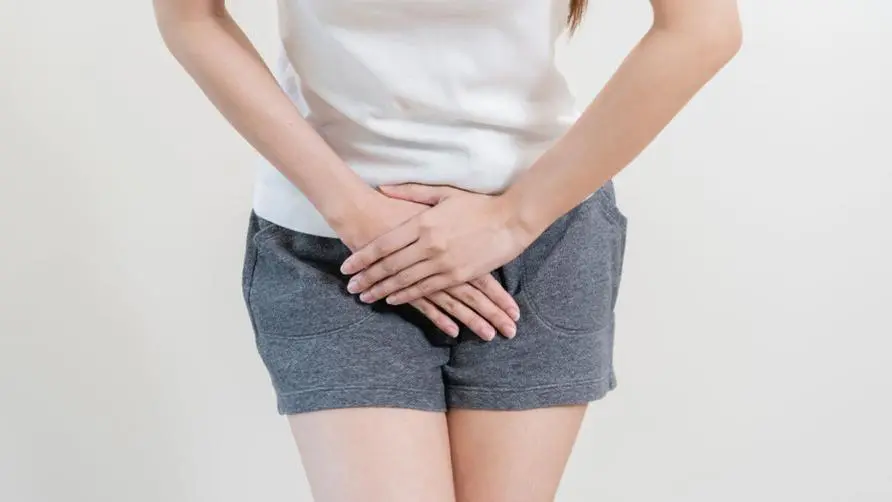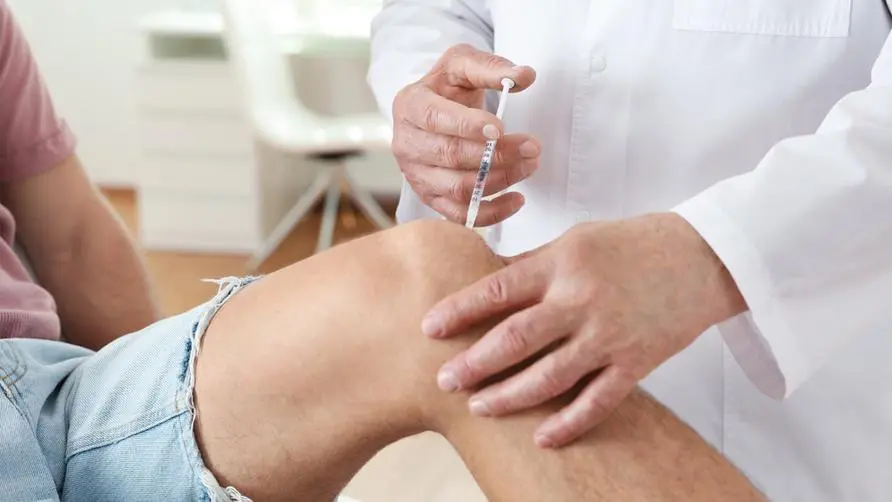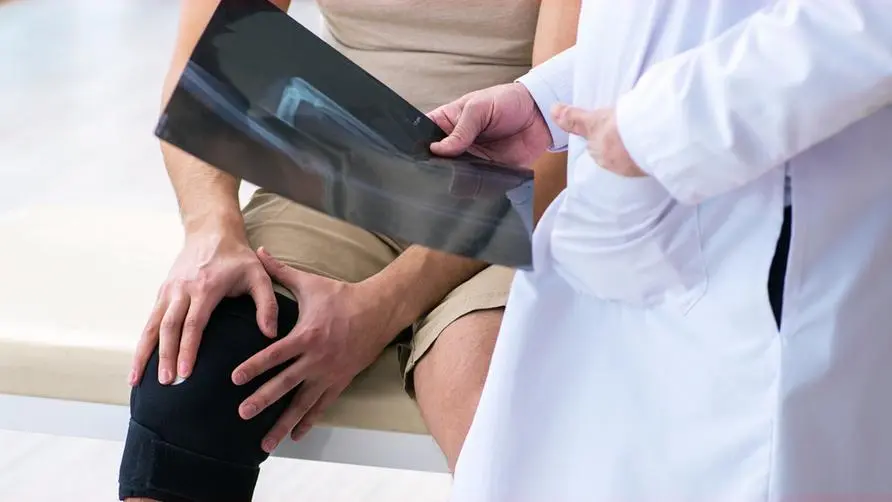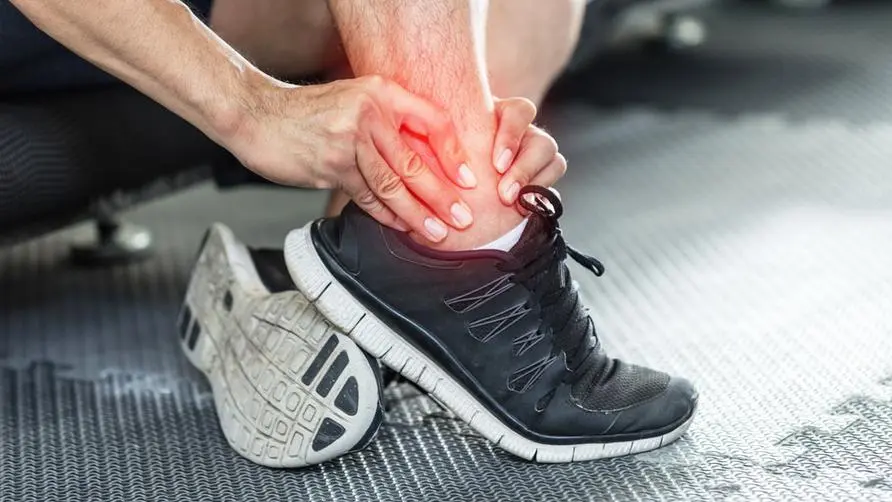Lower back pain is no small problem! A 20-year-old woman's examination revealed that her lumbar spine was "aging prematurely"
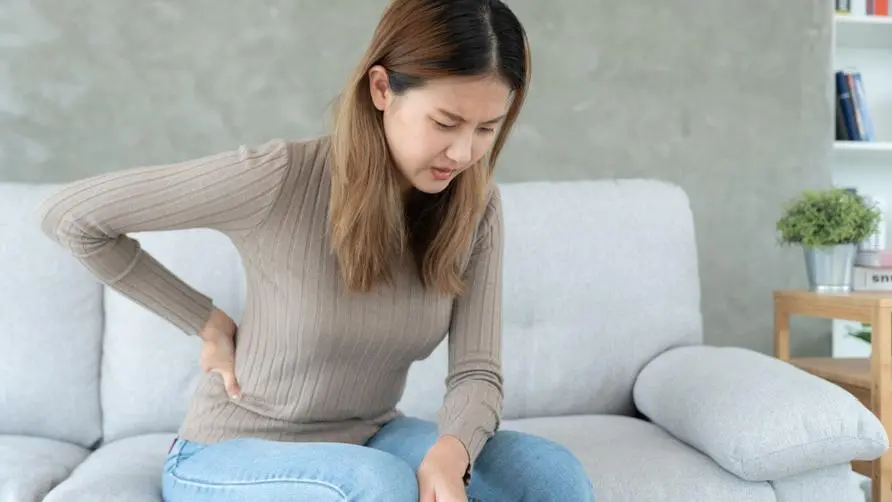
Is lower back pain causing premature aging of the lumbar spine? Medical reveals three-stage treatment to solve pain problems
Young people, don’t think that lower back pain is just a minor problem! Without active treatment, it may cause “premature aging” of the lumbar spine and even lead to the risk of intervertebral disc stenosis. Dr. Hong Yijie, director of general medical surgery and attending physician of neurosurgery at Chi Mei Hospital, said that he had previously treated a 20-year-old young woman who began to have pain in her right lower back 2 years ago. She received medication and rehabilitation treatment at a nearby rehabilitation clinic. But the pain condition has not improved yet.
Until recently, the female patient often had low back pain that made her unable to straighten her body while working, and the pain kept her awake at night. Imaging examination after medical treatment showed slight degeneration of the lumbar spine, combined with intervertebral disc stenosis at the fifth lumbar vertebra and the first sacral vertebra. Subsequent examination by Dr. Hong Yijie revealed that the patient’s right lower back pain was caused by “lumbar facet joint syndrome”, which is mainly caused by long-term overuse of the lumbar spine, which causes cumulative microtrauma, spinal strain, and poor posture, which in turn leads to lumbar facet joint syndrome. wear and tear.
Dr. Hong Yijie recommends that patients with the above problems should seek medical treatment as soon as possible and solve their pain problems through a “three-stage” approach:
The first stage: nerve block. The medical examination found that the patient’s pain area was not only the right “lumbosacral vertebra” but also the right hip, which was suspected to be piriformis syndrome. The doctor immediately performed a “nerve block” to confirm the source of the pain.
The second stage: high-frequency thermal coagulation surgery. After confirming the cause of the pain, it is recommended to use high-frequency thermal coagulation surgery to improve the back pain problem and target the degeneration of the right lumbar and sacral spine to improve the symptoms of neuralgia. When the patient returned for a follow-up visit one month after the operation, the pain in his right lower back had significantly improved, but the pain in his right buttock still existed and extended to both buttocks, which was suspected of bilateral piriformis syndrome.
The third stage: exercise prescription. The neuralgia treatment team, based on the exercise prescription prescribed by Dr. Hong Yijie, uses exercise care concepts to provide health education guidance. In addition to helping patients understand the possible causes of their hip pain symptoms, they also teach self-fascia relaxation and piriformis muscle stretching methods at home. Relax the muscles and the pain symptoms will be significantly improved after practicing. During subsequent outpatient visits, the patient was further instructed to strengthen his back and core muscles to avoid recurrence of back pain.
Up to 80% of Taiwanese people have experienced low back pain. Failure to treat it in time may increase the risk of osteoporosis.
Dr. Hong Yijie pointed out that according to statistics from the Taiwan Family Medicine Association, up to 80% of Taiwanese people will suffer from low back pain at least once in their lives. Statistics from the National Health Insurance Database in 2022 also show that patients with back symptoms as the main complaint accounted for the highest number of reasons for outpatient visits. 10th place.
Most people often ignore the seriousness and impact of back pain, because most people’s acute back pain (long-term bad posture, carrying heavy objects, etc.) will resolve itself over time, but nearly 10-20% of patients still suffer from it2 It will often recur after 3 months. If it persists for more than 3 months, it may evolve into chronic back pain that affects the quality of life, such as osteoarthritis, spinal degeneration, osteoporosis, disc herniation, etc.
Current medical research statistics from various countries indicate that the prevalence rate of chronic back pain is approximately 3.9-20.3%. The prevalence rate gradually increases between the ages of 30 and 60, and the majority of them are women. Dr. Hong Yijie explained that in order to improve the suffering of patients with chronic back pain, the Neurosurgery Department and the Nursing Department of Chi Mei Hospital worked together to establish an “Integrated Neuralgia Treatment Team” in June this year. By integrating the three stages of neuralgia treatment and the trilogy of exercise prescriptions Find the disease focus and provide appropriate treatment to the patient.
How to recover quickly from back pain that won’t go away? Common Pain Treatment Strategies for Chronic Back Pain
Dr. Hong Yijie pointed out that there are several common pain treatment strategies for treating chronic back pain, including: drugs (painkillers, muscle relaxants, etc.), rehabilitation treatments (heat therapy, electrotherapy, acupuncture, etc.), and interventional pain treatments (ultrasound guidance). Injections, nerve blocks, high-frequency thermocoagulation surgeries, etc.) and spinal surgeries (decompression and fixation surgeries, etc.).
The integrated neuralgia treatment team combines interventional pain treatment with preoperative and postoperative nursing and health education guidance to help patients improve their correct understanding of their own pain problems, effectively relieve muscle pain, and develop a simple and effective exercise prescription. , provide simple and effective exercise education in the clinic, including self-fascia relaxation, piriformis stretching, and strengthening of back and core muscles. You can practice at home at any time to avoid recurrence of pain.
Dr. Hong Yijie said that clinically, it is found that pain caused by spinal degeneration is commonly found in patients with multiple locations and causes. No single treatment method, discipline or expertise can solve all problems. Patients are urged to actively cooperate with specialists and their teams. By combining several pain treatment strategies and supplementing them with exercise, they can have a chance to achieve a certain degree of improvement.
Extended reading:

